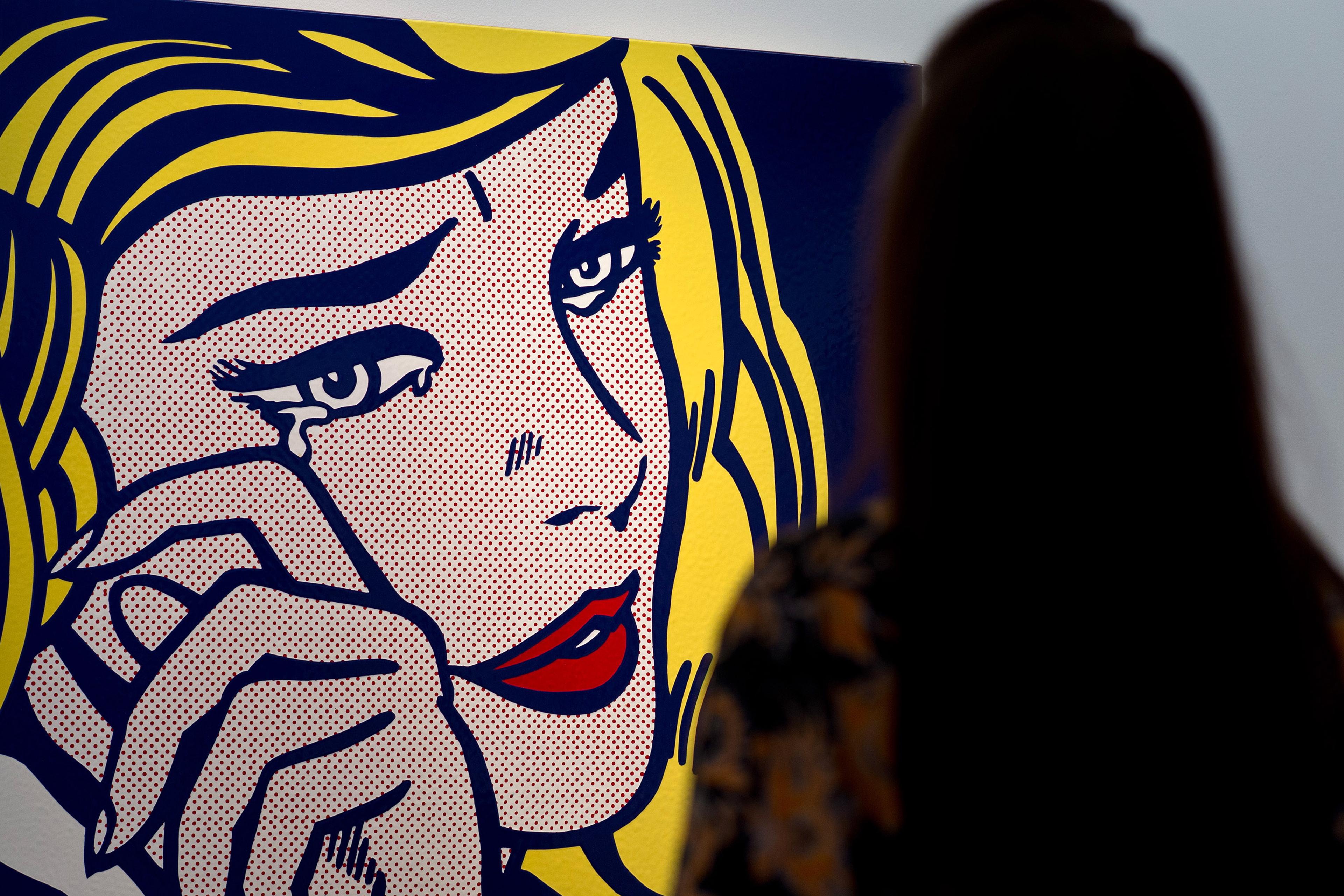
How to ease the pain of heartache
You’re experiencing a profound form of grief that can make you physically ill. These steps will give you a chance to heal
by Ziella Bryars

You’re experiencing a profound form of grief that can make you physically ill. These steps will give you a chance to heal
by Ziella Bryars

When your emotions become too painful and overwhelming, regain control using skills from dialectical behaviour therapy
by Sheri Van Dijk
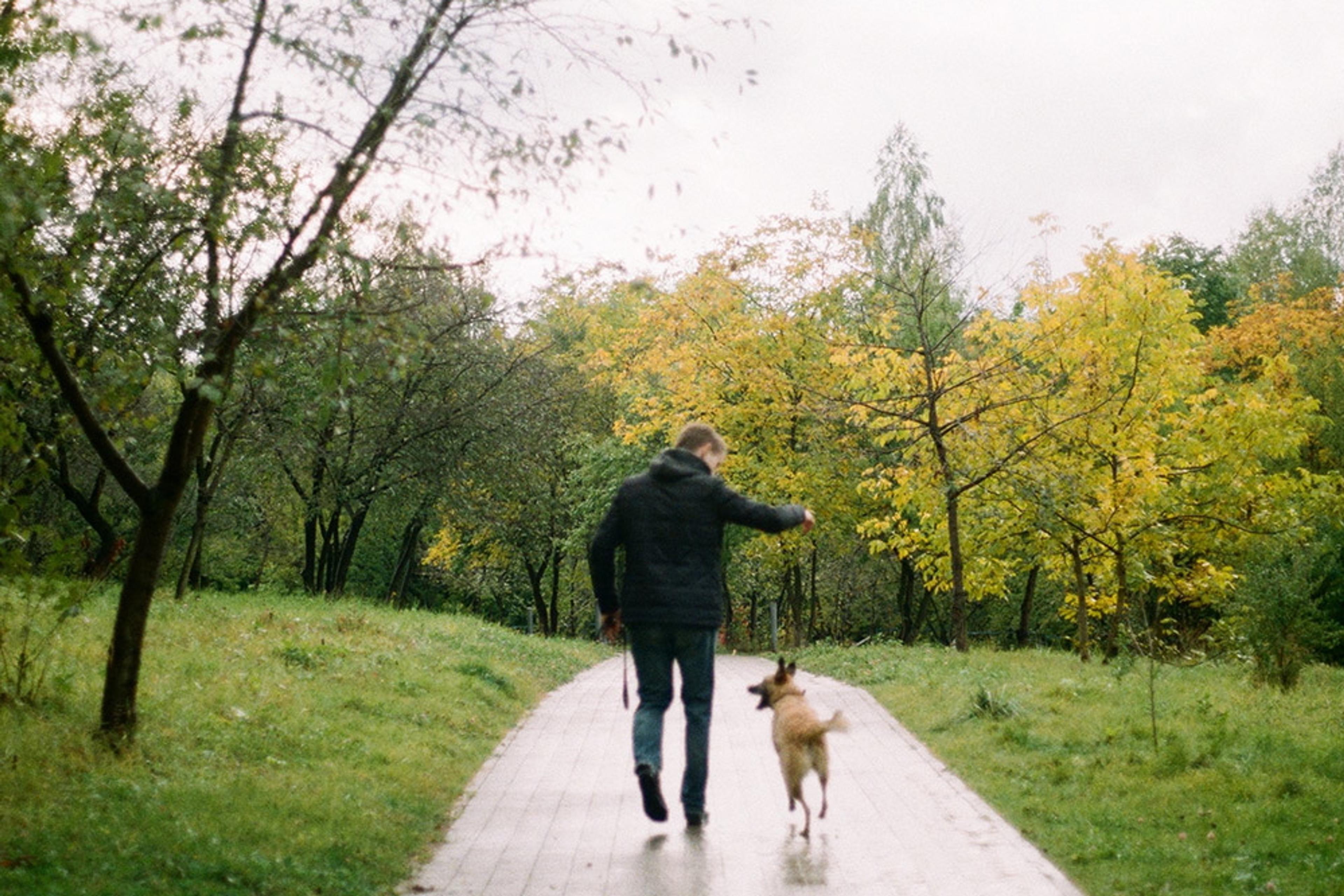
Withdrawing from activities you enjoy is both a product and cause of low mood. Break the cycle with behavioural activation
by Lucy Foulkes

Both neuroscience and psychotherapy agree that you can change your mental framework as the Stoic Marcus Aurelius described
by István Darabán
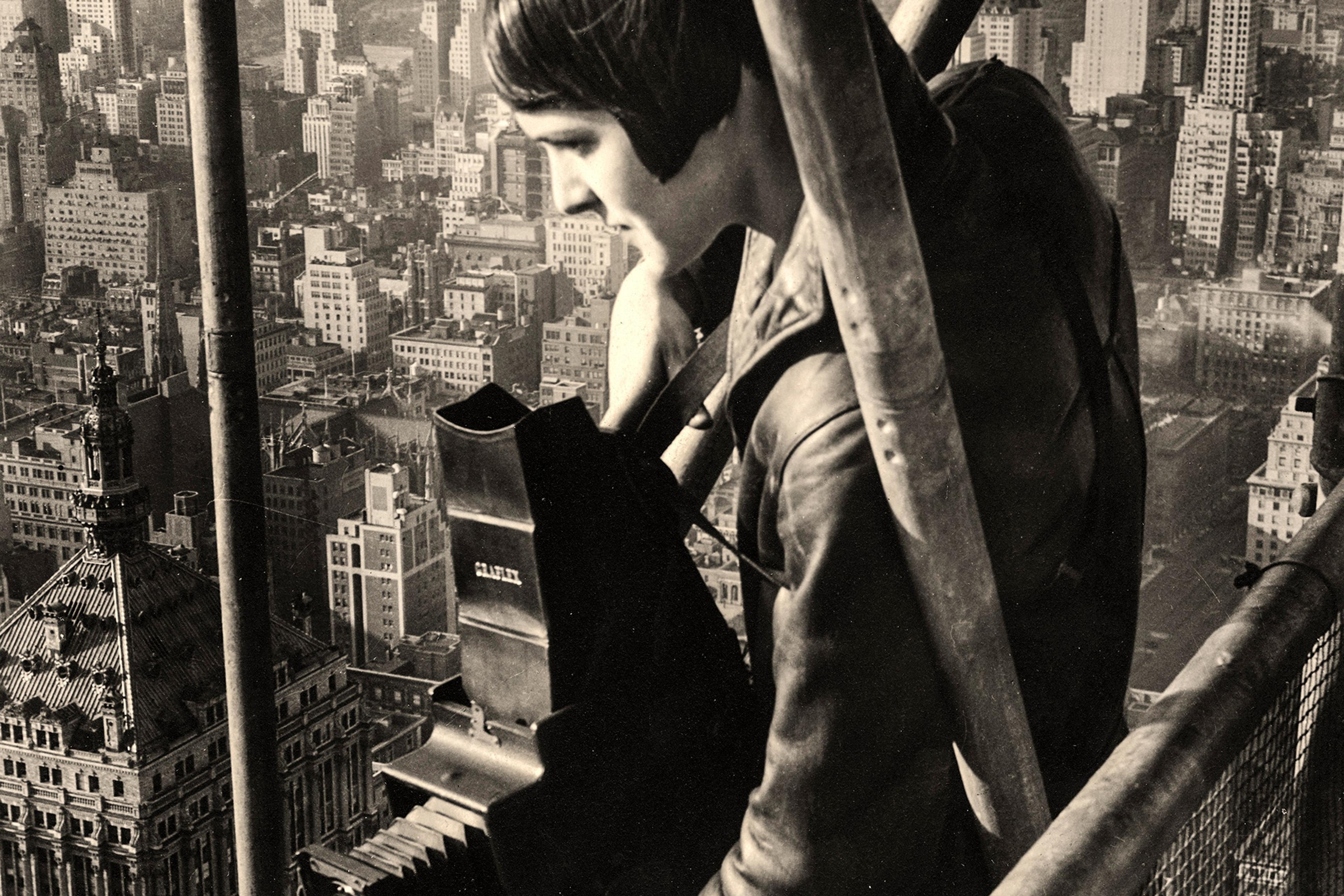
Humans are wired to avoid vertiginous places, but if this fear gets in the way of life then exposure therapy can help
by Poppy Brown
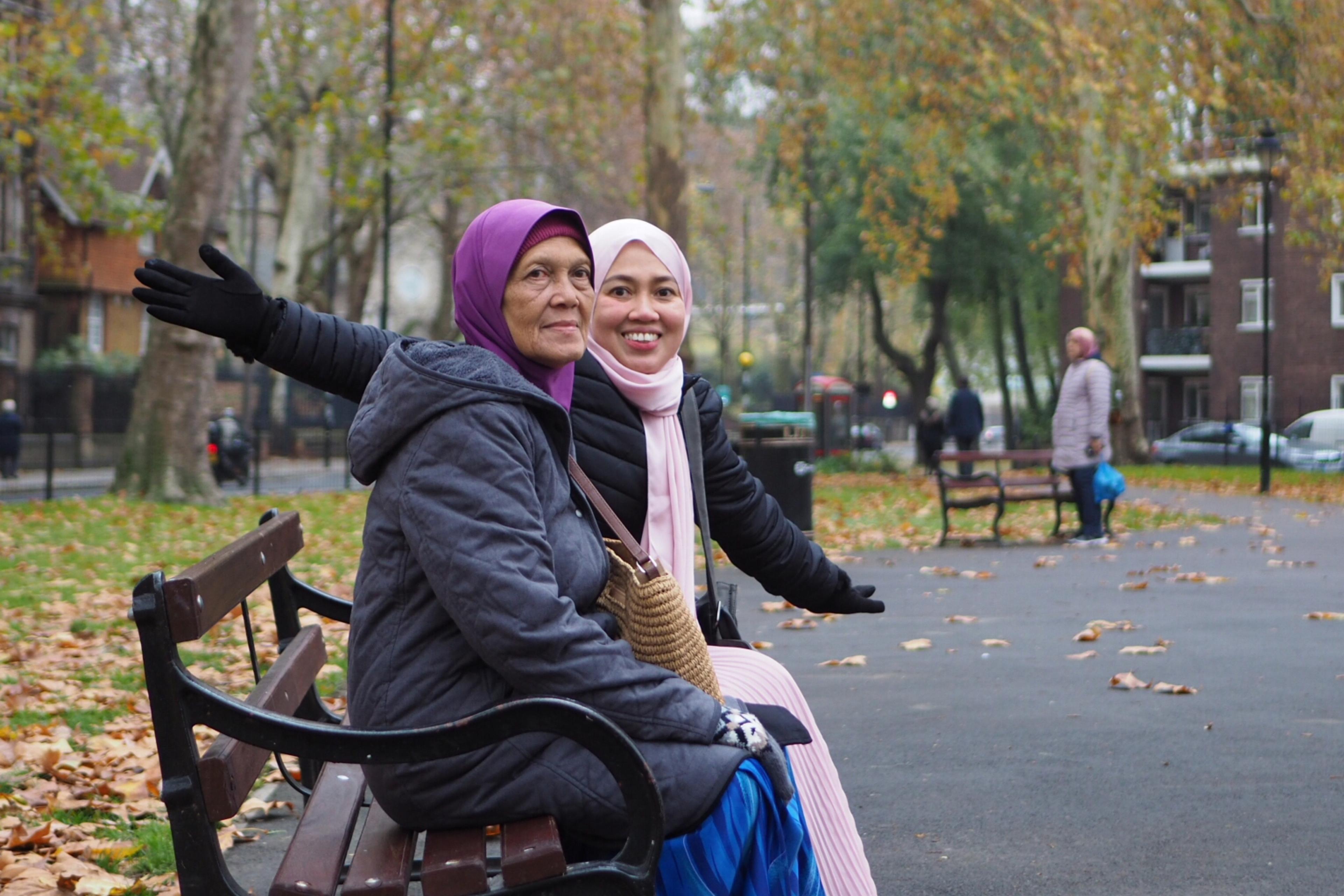

Are you going through the motions? Use these therapy techniques to set meaningful goals and build a ‘life worth living’
by Kiki Fehling

You don’t have to be outgoing. But if being introverted is holding you back from the life you want, dive in for a way out
by Christian Jarrett

As a high achiever, your problem-solving skills can backfire at night. You need a different way to beat insomnia
by Nick Wignall

Do you keep putting things off when you know you shouldn’t? Get going by understanding the psychology of irrational delay
by Wendelien van Eerde
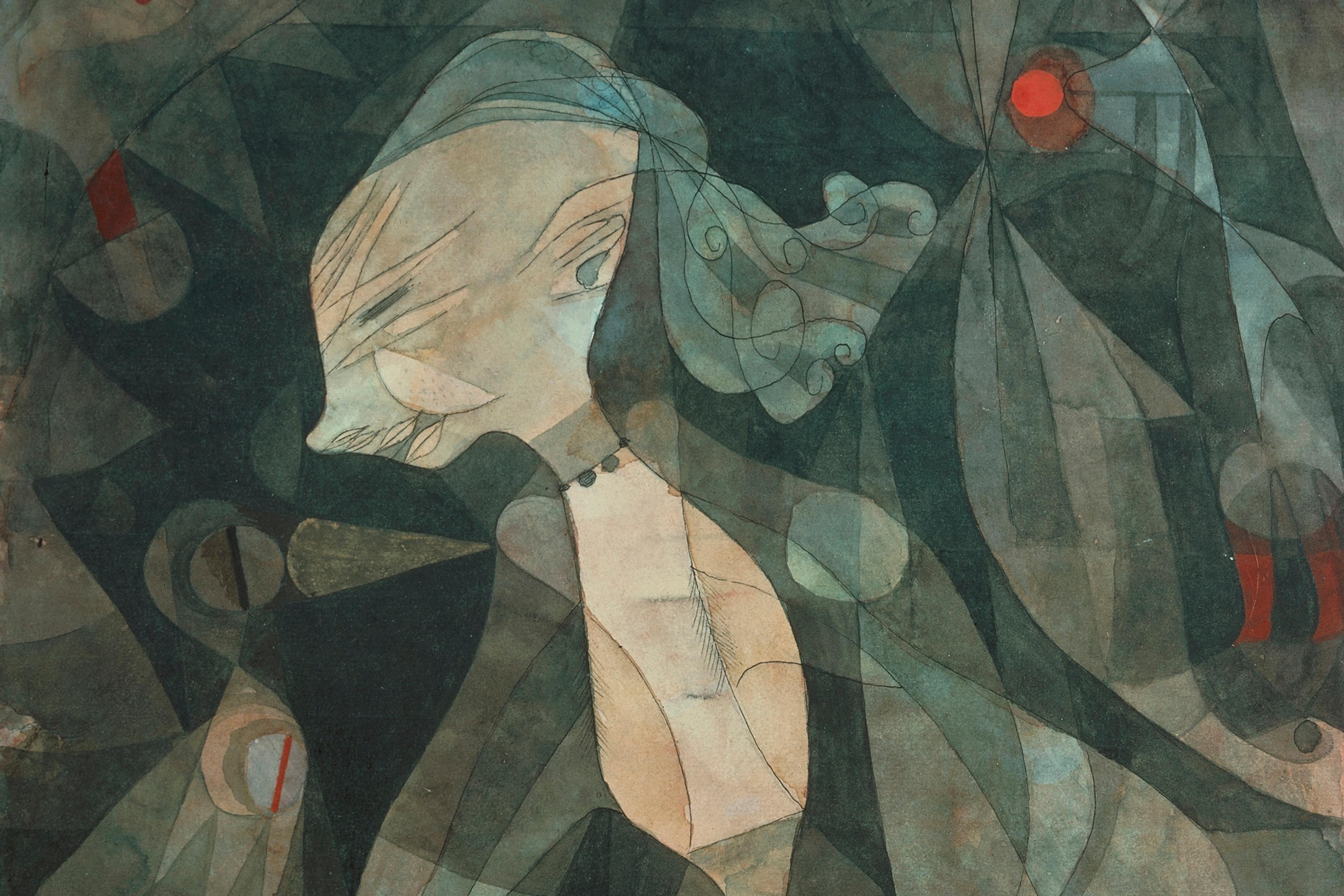
Intrusive thoughts are a common and disturbing symptom of anxiety. Cognitive behavioural techniques can help
by Nick Wignall


Fascinating research into ‘misophonia’ – an intolerance to specific sounds – is revealing an important role for context
by Nathaniel Scharping

Insomnia is awful, but highly treatable. Look beyond pills and potions, and use these effective methods to get your life back
by Chris James

A panic attack is a dramatic false alarm clanging in body and mind. Recognising this is the first step to dialling it down
by Christian Jarrett
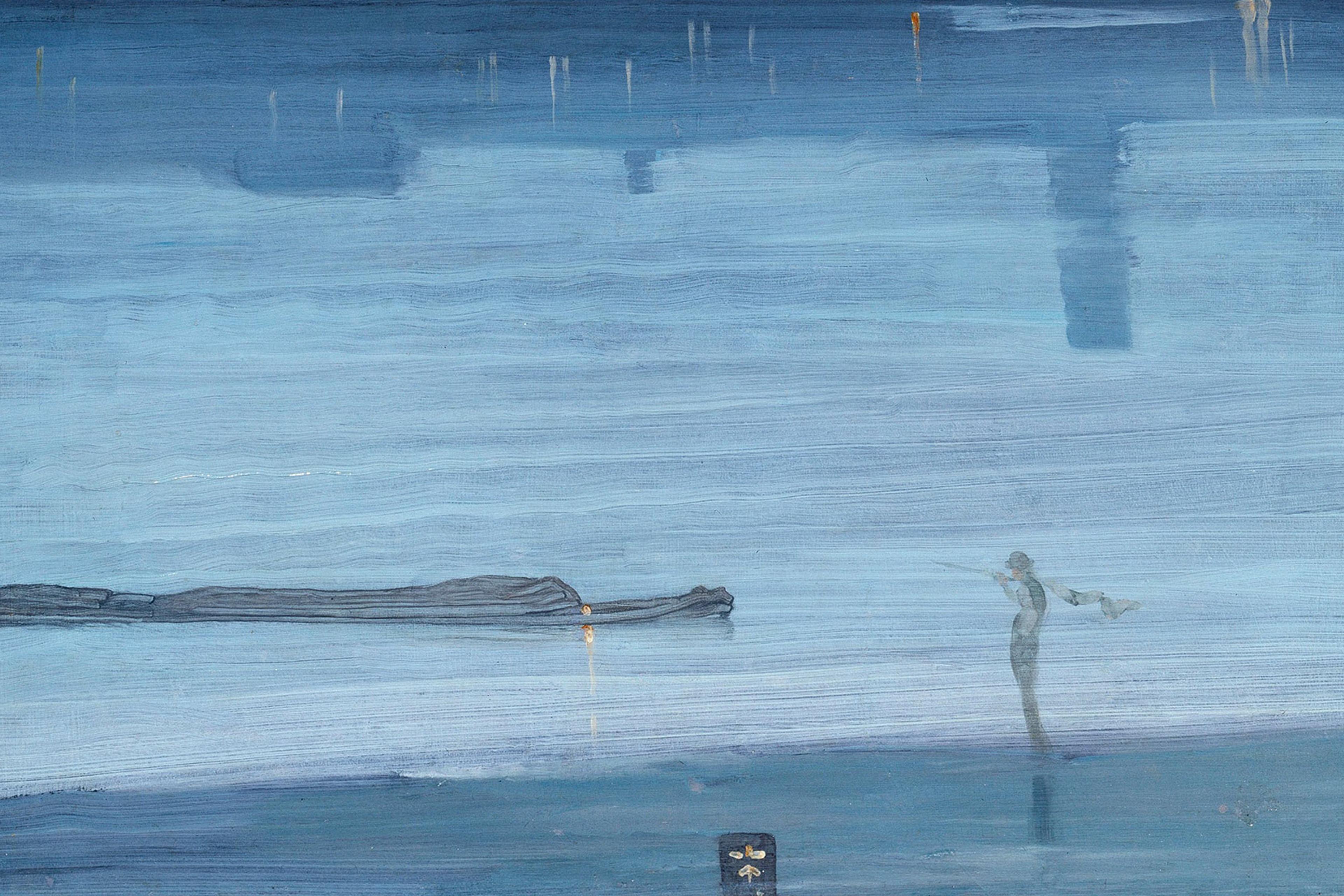
Not all psychological problems are thinking problems. Trying to solve them purely cognitively, with CBT, won’t help us mature
by Bradley Murray